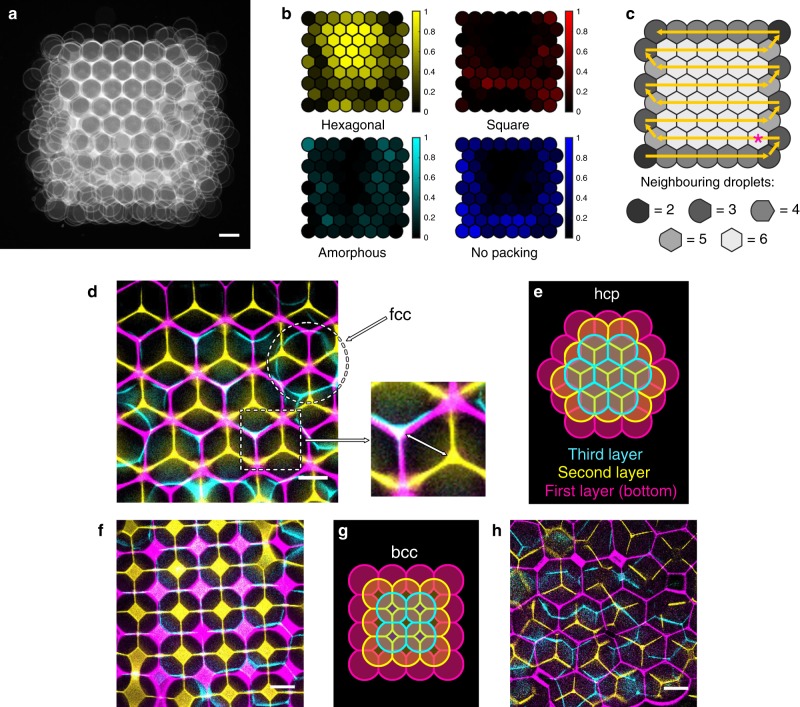Fig. 4. Packing arrangements in the first layer propagate to the upper layers.
a Overlaid confocal microscopy images (co-registered) (n = 5) of the first layer of 3D-printed droplet networks, which had a hexagonal packing fraction of 0.50 ± 0.07 (θDIB = 36.3°, φSIL = 0.55, xPOPC = 0.13). b Heatmaps of the 2D localisation of different types of packing in the first layer generated by analysing the images in a. The relative occurrence of each packing type (yellow, red, cyan and blue represent hexagonal, square, amorphous and no packing, respectively) is binned onto an idealised printing map of the first layer (see “Methods”). c A diagram of the droplet printing path in the first layer (yellow arrows), with droplet shapes corresponding to the number of neighbouring droplets. The star indicates the first droplet in the printing path to become surrounded by six neighbouring droplets. d Overlaid confocal microscopy images of horizontal cross-sections of the first (magenta), second (yellow) and third (cyan) layers of a single 3D-printed droplet network (φSIL = 0.55, xPOPC = 0.13). The zoomed-in panel shows that layers 1 and 3 are in alignment, while layer 2 is offset by a distance equal to the circumradius of the unit hexagon (marked by the white arrow). The circle marks a face-centred cubic defect. e A diagram of hexagonal close packing corresponding to d. f Overlaid confocal microscopy images of the first (magenta), second (yellow) and third (cyan) layers of a single 3D-printed droplet network derived from a patch of square packing in the first layer (φSIL = 0.50, xPOPC = 0.27). Similarly to d, the overlay shows that layer 2 is offset with respect to layers 1 and 3. g, A diagram of body-centred cubic (bcc) packing corresponding to f. h Overlaid confocal microscopy images of the first (magenta), second (yellow), and third (cyan) layers of a single 3D-printed droplet network derived from an amorphous patch in the first layer (φSIL = 0.65, xPOPC = 0.33). No regular lattice is formed between the layers. Scale bars are 100 µm for a; and 50 µm for d, f, and h. d, f and h are from three different droplet networks.

